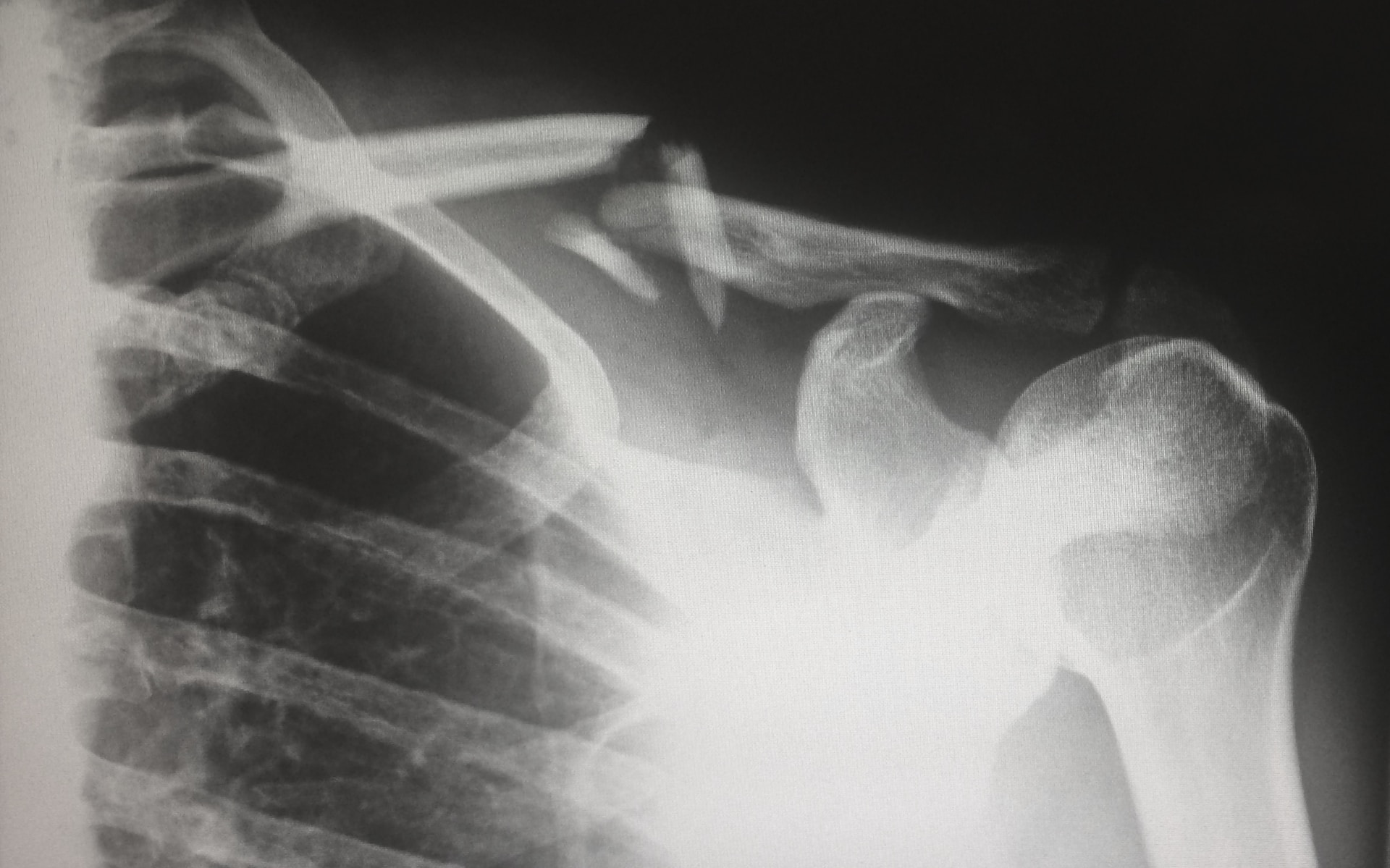As a worker, I understand the risks that come with the job. One of the most severe injuries that can occur is a crush injury. It can be life-altering and can affect not only the physical but also the emotional well-being of a person. In this article, we will dive deep into the topic of crush injuries at work.
We will discuss the different types, causes, signs and symptoms, legal options, first aid, and rehabilitation for this type of injury. We will also touch on how to cope with the emotional impact of a crush injury and how to prevent it from happening in the first place.
Types of Crush Injuries
Crush injuries are caused by a heavy object crushing a body part. These can range from minor injuries to severe, life-altering ones. Some common types of crush injuries include:
- Hand or finger crush injuries
- Foot or toe crush injuries
- Limb crush injuries
- Chest or abdominal crush injuries
The severity of the injury depends on the force of the object and the length of time the body part was crushed. In severe cases, crush injuries can lead to amputation or even death.
Legal Options for Crush Injuries at Work
If you experience a crush injury while at work in New York, you may be entitled to compensation. Employers have a duty of care to provide a safe working environment for their employees. If they fail to do so, they can be held liable for any injuries that occur. It is important to seek legal advice from an experienced New York City crush injury lawyer to determine if you have a case.
Causes of Crush Injuries at Work
There are many causes of crush injuries at work, including:
- Falling objects
- Heavy machinery
- Vehicle accidents
- Collapsing structures
- Equipment malfunctions
It is the employer’s responsibility to identify and eliminate potential hazards in the workplace to prevent crush injuries from occurring.
Signs and Symptoms of Crush Injuries
The signs and symptoms of a crush injury can vary depending on the severity of the injury. Some common signs and symptoms include:
- Pain and swelling
- Bruising
- Numbness or tingling
- Difficulty moving the affected body part
- Shock
If you experience any of these symptoms after being crushed by an object, seek medical attention immediately.
First Aid for Crush Injuries
First aid for crush injuries should be administered as soon as possible to minimize the severity of the injury. Here are some steps to follow:
- Call for emergency medical assistance.
- Do not move the injured person unless it is necessary to prevent further injury.
- If the person is conscious and able to breathe, reassure them and keep them calm.
- Apply pressure to any bleeding wounds.
- If the body part is trapped, do not attempt to remove it yourself. Wait for the emergency services to arrive.
Coping with Crush Injuries at Work
Coping with a crush injury at work can be challenging. It can affect your physical and emotional well-being. Here are some tips to help you cope:
- Seek emotional support from family, friends, or a professional counselor.
- Take time off work to rest and recover.
- Follow your doctor’s orders and attend all rehabilitation appointments.
- Stay positive and focus on your recovery.
- Consider joining a support group for people who have experienced similar injuries.
Rehabilitation for Crush Injuries
Rehabilitation is an essential part of the recovery process for a crush injury. It helps to restore functionality to the affected body part and reduce pain. Rehabilitation may include physical therapy, occupational therapy, and psychological counseling. It is important to follow through with all recommended rehabilitation to ensure the best possible outcome.
Preventing Crush Injuries at Work
Preventing crush injuries at work is crucial to maintaining a safe working environment. Here are some tips to help prevent crush injuries:
- Wear appropriate personal protective equipment (PPE) such as safety boots, gloves, and helmets.
- Follow all safety protocols and procedures.
- Ensure that all equipment is well-maintained and in good working condition.
- Stay alert and aware of your surroundings.
- Report any potential hazards to your employer.
Coping with the Emotional Impact of Crush Injuries
The emotional impact of a crush injury can be just as challenging as the physical impact. It is normal to experience a range of emotions such as anger, frustration, and sadness. Here are some tips to help cope with the emotional impact of a crush injury:
- Seek emotional support from family, friends, or a professional counselor.
- Join a support group for people who have experienced similar injuries.
- Stay positive and focus on your recovery.
- Set realistic goals for your recovery.
- Take care of yourself by eating well, exercising, and getting enough rest.
Conclusion
Crush injuries at work can be life-altering and can affect a person both physically and emotionally. It is important to take steps to prevent these injuries from occurring and to seek medical attention immediately if they do occur. If you have experienced a crush injury at work, it is essential to seek legal advice to determine if you are entitled to compensation. Remember to take care of yourself both physically and emotionally and to seek support from family, friends, or a professional counselor.



